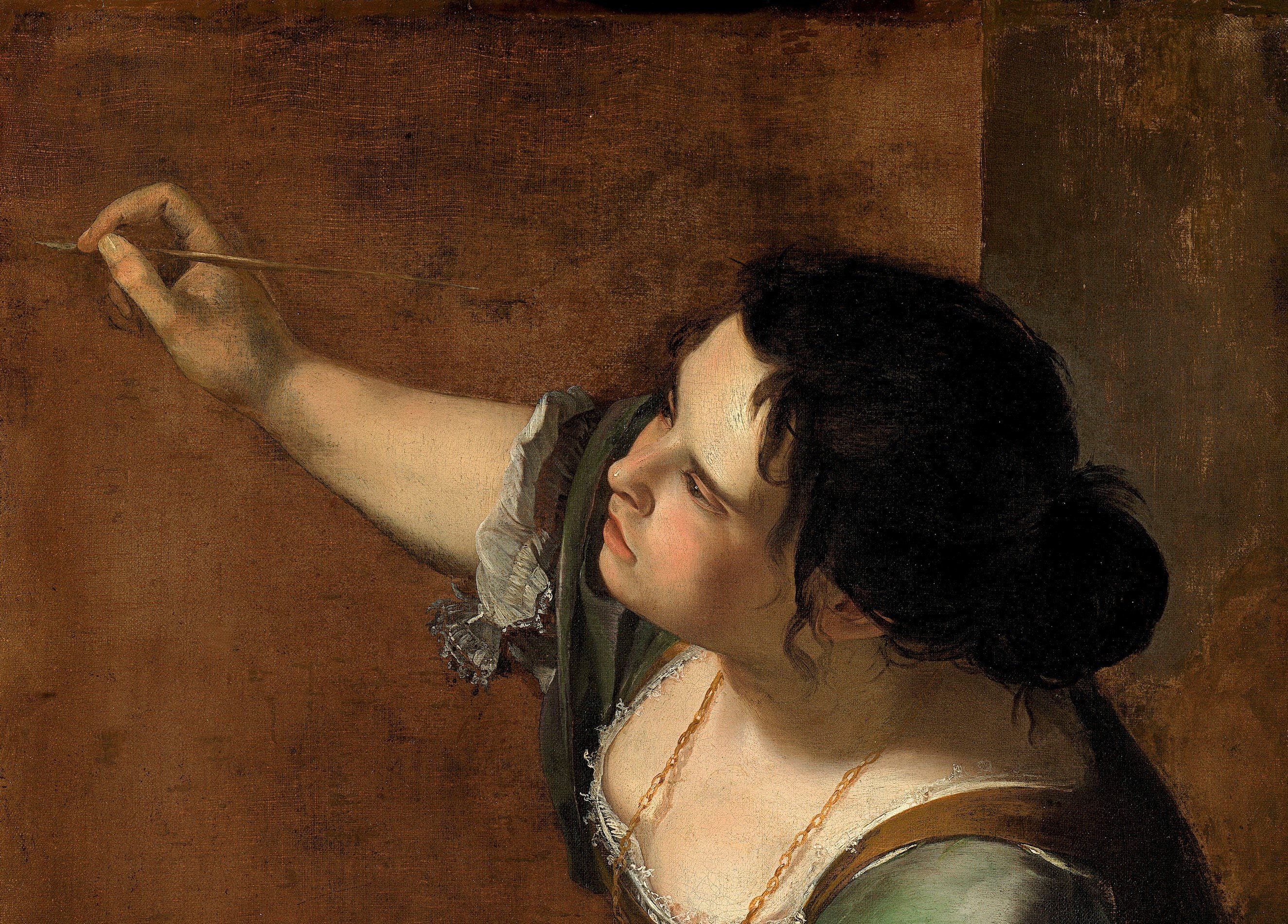
Women Artists
The lives and works of creative women
Studies of the sarcophagus and lamp in 'Queen Victoria at the Tomb of Napoleon I, 24 August 1855'
dated 25 Oct 1856RCIN 914017
Henrietta Ward was one of the Victorian era’s most celebrated female artists. She specialised in history painting, considered the highest genre of art. Exhibited at the Royal Academy in 1864, her Princes in the Tower was viewed by the Art Journal as ‘a most conclusive argument as to the justice and necessity of admitting female artists within the ranks [of that institution]’. A critique of the earlier Queen Mary quitting Stirling Castle demonstrates that the highest accolade a woman could receive was that her work could pass as having been painted by a man, though naturally tempered with a feminine sensibility: ‘Though by a female hand, it is essentially a masterly picture. It has all the general excellence which skilled male Art could have brought to its illustration, whilst in some of its more touching details ... there is a delicacy of thought and a refinement of treatment which are especially the attributes of high female intelligence.’
Ward and her husband Edward, also a history painter, enjoyed significant royal patronage, and the Royal Collection holds a series of preparatory studies (including this and the one shown below) by Henrietta which were used by Edward for his major royal commission, Queen Victoria at the tomb of Napoleon, 1860. The commission for this portrait of the infant Princess Beatrice (shown here) was prompted by a royal visit to the Wards’ studios, when the queen admired Ward’s sketches of her own children.







